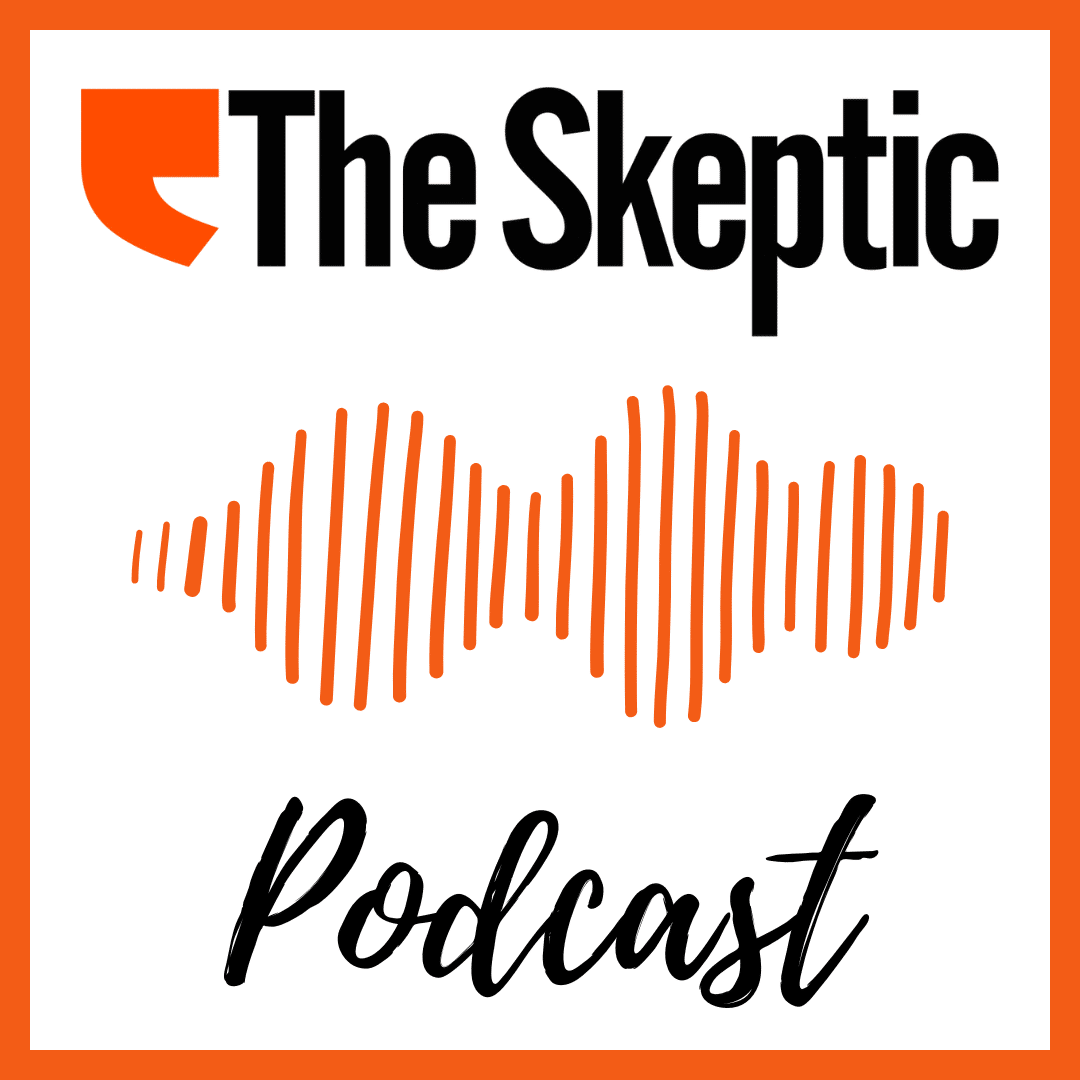Anyone who uses YouTube will likely have come across clips of hyperattentive whisperers who seem to be attempting to beguile the viewer. Most of us probably know that these are ASMR (“autonomous sensory meridian response”) videos, even if we don’t get the head-tingles that the videos are intended to elicit.
Around 20% of us – myself included – do get a physical reaction from these videos. ASMR videos first appeared around 2009, and for me they merely confirmed something I’d experienced all my life, but didn’t know how to explain, let alone name. My first recollection of ASMR was at the opticians as a young adolescent, as the optician leaned in, staring into my eyes and shining tiny bright lights to check my ocular health. A description of how it feels seems to vary from person to person, and indeed can feel slightly different from time to time, but generally it involves a warm, enjoyable, tingling sensation which runs from the top of your head down your face, neck and shoulders.
It is both akin to – and yet also entirely unlike – the more commonly experienced sensation of a shiver going down your back, which people often describe as feeling like someone walked over your grave. By contrast, ASMR can be very pleasurable, to the point that some people will spend a lot of time and money on their favourite YouTube “ASMRtists” (the commonly-used term for people who make ASMR videos), much to the horror of The Spectator.
Pre-YouTube, it was much harder to intentionally experience ASMR. For me, some people’s voices seem to trigger the sensation, as does a certain kind of personal attention (no, not that kind of personal attention!). Sometimes visits to certain physical locations would have the same effect, and in particular cathedrals and other monuments built to convey majesty and awe in their adherents. I also found that school prayer occasionally did the same, especially when in church for Christmas.
As I entered my rebellious teens and experimented with more esoteric spirituality, I discovered that meditation and reiki also gave me ASMR tingles. I wondered often as a young man whether this meant that the reiki, the prayer, or the magical or spiritual activity du jour was actually working, as I could certainly feel a very real physical reaction, plus a sense of personal calmness and peace in the aftermath of the ASMR tingles.
It turns out I’m not the only one. While there are scant few comments online from those for whom locations trigger ASMR, plenty of people report getting ASMR in church and religious services. The possibility that physical sensations felt by those at worship might be ASMR being mistaken for the ‘Holy Spirit’ has been raised by Christians, with one commenter mentioning that experiencing the ‘Holy Spirit’ felt like “getting the chills or the willies and for me, it travels from my head down.” This is how many who experience ASMR would describe the sensation. This does not, of course, prove that what these worshippers are experiencing is anything other than what they believe it to be, but the similarity is remarkable. Is it possible that at least some of the physical sensations described by believers as ‘feeling God’s presence’ might in fact be explained by ASMR?
Practitioners of new-age spiritual activities that induce the feeling seem to have no such qualms about ASMR. The name itself, autonomous sensory meridian response, was chosen in an attempt to find an objective term to describe it, and it is something of a gift to those who believe that meridians are energy – or chi – channels through the body.
I’m not the first to suggest that ASMR may function as a physical ‘proof’ of otherwise suspect practices like therapeutic touch and reiki. As Pain Science’s Paul Ingraham notes, ASMR sensations are “inevitably interpreted as ‘feeling the energy’ by eager customers” of such energy medicine practitioners:
To me, a Reiki session looks like an ASMR-generating ritual with a New Age paint job — satisfaction guaranteed not by spooky healing powers, but by primate neurology. The ASMR is not only inherently pleasing, but artfully reinforces the vitalistic story the practitioner is telling.
The link between reiki and ASMR is so clear and strong that numerous ASMR channels are devoted to the combination, which some of our readers may have encountered on TikTok, where one reiki-ASMR video creator says they have been messaged by an alopecia sufferer who started hair regrowth after they had “begun watching my videos for stress relief.”
There is indeed some research that suggests ASMR can be useful for easing feelings of anxiety, as well as reducing stress, improving sleep quality, and potentially even providing temporary pain relief and a lifted mood. If ASMR turns out to have some positive real-world effects for those who experience it – and it is still early days for this research – that seems harmless enough.
But if the modest, temporary, subjective improvement that ASMR can possibly induce is experienced as part of reiki – or another form or new-age healing practice – and it then leads to or validates belief in such alternative practices, which can be both expensive and delay actual medical treatment, then that’s a more serious concern.
Research will undoubtedly continue into something as widely experienced and poorly understood as ASMR, though a large volume of what’s published at the moment is looking at the online ASMR community, which is a straightforward and accessible study subject. Trying to tease out whether the feeling noted by some people in prayer is distinguishable from ASMR felt by someone in a church who is performing a placebo prayer seems a lot more challenging, and quite difficult to recruit to without seriously offending half of the participants.



